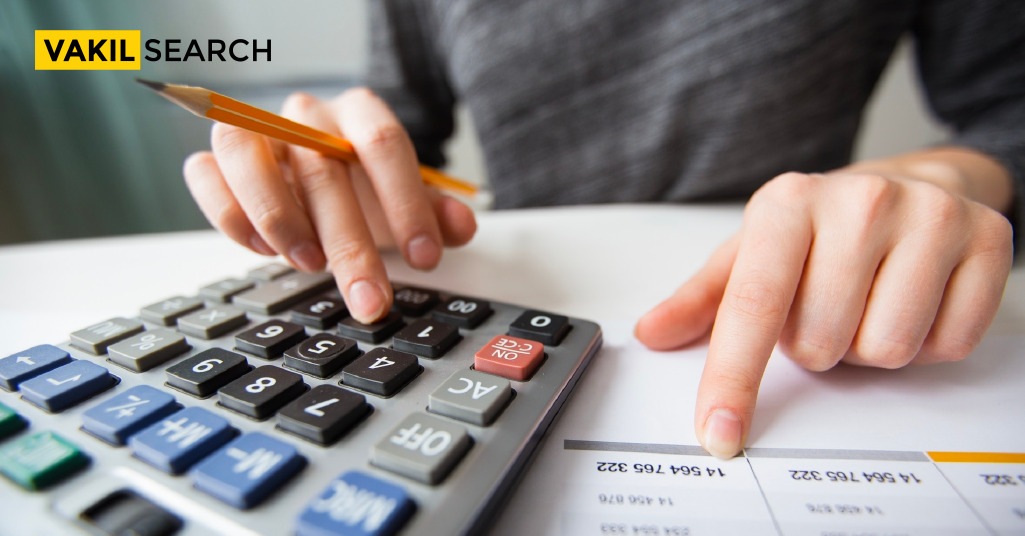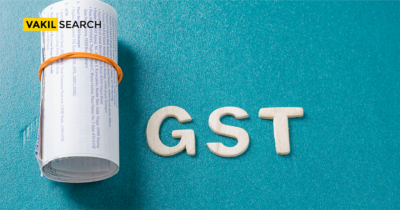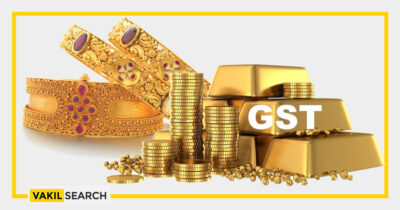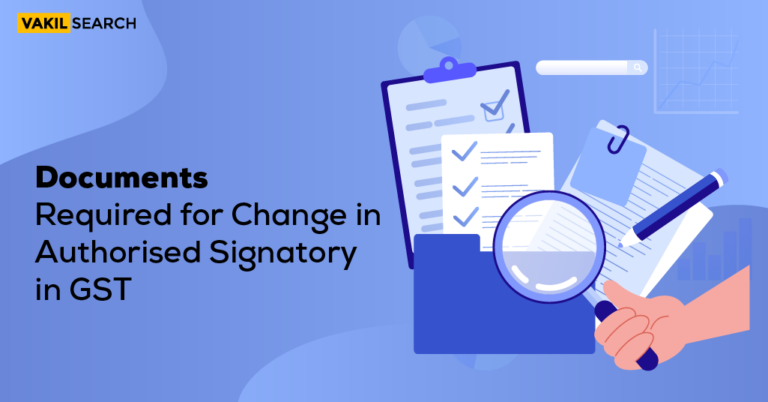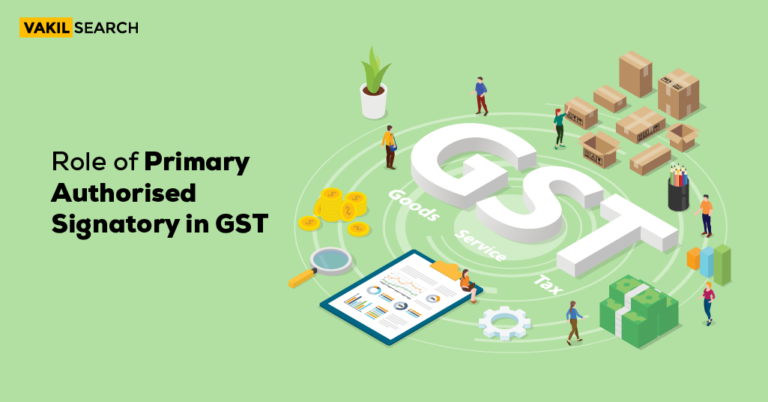we shall illustrate how to migrate existing input credits accumulated in the previous regime can be converted into input credits
Harmonization of the existing indirect tax system by replacing it with a uniform GST has been one of the key priorities of the Indian government. The expected date of implementation of GST, transitional issues become particularly relevant as the entire system of indirect taxation is changing.
Specific transitional provisions have been prescribed in the GST laws to regulate the migration of existing taxpayers to the new tax regime, transitional arrangements for the input tax credit, the tax treatment of transactions spanning the end of the current indirect tax regime, and the commencement of the GST regime, etc.
All businesses across the country will have to make sure that they transform their tax credits after the arrival of the CGST Act. If you want to make sure that you do not lose out on even a small portion of your ITC, then carrying it forward to GSTIN is mandatory. Get to know more about the GST transition in this blog.
If you are a registered taxpayer under the previous tax system (such as VAT, service tax, or excise), you can claim input tax credit (ITC) for the taxes paid on your purchases of goods or services. When you transition to the GST system, you can carry forward your existing ITC balance as credit under the GST regime. Here are the steps to migrate your existing ITC:
- Ensure that all your past tax returns have been filed accurately, and you have claimed all eligible ITC under the previous tax system.
- Verify that your GST registration certificate (GSTIN) has been issued and activated.
- Login to the GST portal using your GSTIN and password.
- Navigate to the “Services” tab and select “Registration.”
- Choose the “Application for Transition of Input Tax Credit” option.
- Provide the details of your existing ITC balance, including the amount of ITC carried forward from each tax type.
- Upload supporting documents such as past tax returns, invoices, and other relevant documents.
- Submit the application and wait for the GST authorities to verify your application.
- Once your application is approved, the existing ITC balance will be credited to your electronic credit ledger, which can be used to pay GST liabilities.
It is important to note that the deadline for transitioning to the GST system and claiming ITC is typically a few months after the GST rollout date. Therefore, it is advisable to complete the migration process as soon as possible to avoid any delays or penalties.
GST transition
There is a lot of discussion around Goods and Services Tax (GST) and the impact that it may have on small and medium businesses. Large enterprises are already preparing themselves for the change that they may have to make in their current system to comply with the new GST regime. There are, however, certain doubts among small and medium enterprises (SMEs) on the preparation required for a successful transition into the new tax regime.
Browse the articles below for more free information and guidance on government registrations, tax, compliance, the patent filing process, and more.
Most of these doubts and concerns on requisite preparation were raised in a recent forum organized by the Institute of Chartered Accountants of India and have to do with how input credits will be transferred from one VAT or Service Tax to GST. In this article, we will see how SMEs must prepare themselves for the migration to the new GST structure from the current one.
The input tax credit can be regulated through time limits, which are required for the efficient administration of the tax system in the public interest. Transitional provisions would become unworkable if no time limit was prescribed. – Bombay High Court
Input Tax Credit
According to the model GST Law, a taxable person can accumulate credits of taxes paid and carry them forward in a return. With the introduction of the GST, the last set of credits will have to be transferred. To do this, you must furnish proof of his/her last return filed under the old regime. You will, therefore, need to make sure that all input taxes paid are included in it; by doing so, you will be claiming the credit of the same under the new regime.
For example, let’s consider July 1, 2017, as the appointed day for the GST rollout. The taxpayer must make sure that he/she has taken into account all the stock lying on June 30, 2017, and claim input credit during the filing of returns for the period ending June 30, 2017. The taxpayer, thus, must ensure that all such goods and services are eligible for such credit under the new GST law.
Everyone who has ITC and migrated to the GST form should fill out Form TRAN-1. GST form includes the VAT, Service Tax, or Central Excise.
Input Credit on Capital Goods
Input credit on capital goods that have been purchased in the previous regime will be allowed in the new regime as well. The provisions for transition as specified under the model GST Law make clear references to such approval.
Discover the GST rate, HSN code, or SAC code for all goods and services by using our GST rate finder service. This finder service is also known as the HSN code finder. For products and services, GST is calculated on the basis of an item’s HSN or SAC code.
Credit Of Excise Duty Or Additional Customs Duty
This is probably the most critical provision of transition under GST. Under the present tax regime, a trader is not allowed a credit of excise duty or additional customs against excise. The tables, however, change in the new regime. Under the new tax regime, a supply of such goods will fall under GST but a credit of excise or additional custom duty will not be allowed. The immediate result of this would be the levying of GST on goods that have already been taxed under the existing tax procedure, without any credit availability. This may lead to cascading and distortion of prices.
This may also result in stock returns from dealers and traders to the manufacturers before the appointed day, and further making a new purchase subsequent to that day. Such situations may lead to panic among manufacturers and in turn affect their profits and returns.
Composition Scheme
Under the composition scheme of the new regime, the taxpayer must keep himself/herself in the know-how about the implications that migration from the old regime to the new regime may have.
Now, such migration is expected to have a huge impact as the limit of the turnover under GST is Rs. 50 lakh, as against the existing Rs. 10 lahks.
It would, thus, be safe and fair to assume that many taxpayers will move from being regular taxpayers to pay taxes under the composition scheme.
The opposite of this would be wherein dealers, who are under the composition scheme, would be transformed into regular taxpayers. This may happen if the goods they are dealing in does not qualify under the exemption list of the new regime.
Scenario 1: Availed Cenvat And Input Vat Credit
Central Excise
A manufacturer, he/she can carry forward the balance of the CENVAT credit that is available. This can be done prior to the date on which GST is implemented as input credit.
This ideally means that the closing balance of CENVAT credit must show in the last return filed by the taxpayer. Also that it should be eligible as an input tax credit under the new GST.
As of now, a manufacturer (other than those in small-scale industries whose turnover does not exceed Rs. 4 crores) should file their returns on a monthly basis in form ER-1, and SSI quarterly returns in form ER-3. Now, the amount of CENVAT carried forward in these forums on the last day, which means the day before GST is implemented, will be eligible for a carry forward as CGST input tax credit.
Example
Let’s try and explain this with the help of an example. Let’s consider a company as XYZ Pvt Ltd. Now, XYZ Pvt Ltd is a two-wheeler manufacturer located in Bangalore and registered under the excise and Karnataka VAT. Now, say as of March 1, 2017, XYZ has a CENVAT closing balance of Rs 25,000. The question here is if we can carry forward this balance credit. Yes, it can be. This is possible if XYZ satisfies two aspects. One that its returns filed under ER-1 reflects the CENVAT balance. Secondly, the same is allowed as an input tax credit in GST. For XYZ, this CENVAT will be CGST credit.
For an excise dealer, one is eligible for registration under the Central Excise if one trades in excisable goods. As of now, the excise duty that one pays will not be available as credit. If you are a first-stage or a second-stage dealer, the duty that is paid is added to the price of the product. Say if the product is sold to a manufacturer, the duty passed on is liable to be claimed as CENVAT credit by the manufacturer.
On the date of transition to GST, the excise paid with reference to closing stock held by you is allowed to be carried forward as CGST input tax credit.
VAT
A business entity registered under VAT needs to file its returns on a monthly and quarterly basis, depending on the state they work out of. The input VAT credit in the return forms is carried forward as SGST input tax credit.
Let’s again take XYZ Pvt Ltd as an example. Their VAT Form 100 shows credit/excess amount carried forward (as on 31st March 2017) to be Rs 5,000. This implies that XYZ Pvt Ltd’s input VAT credit balance stands at Rs 5,000.
Now, can this be carried forward? The answer is yes if XYZ Pvt Ltd fulfils some conditions. First, an input VAT of Rs.5,000 must be shown in the returns, and secondly, GST approves of the same as input tax credit. If the above condition is good to go, then you have to carry forward the input VAT as SGST credit.
Service Tax
As of today, a service provider is liable for registration if his/her aggregate value of taxable services crosses Rs. 10 lahks. Mentioned below are the type of service tax levied on various services:
- Service tax at the rate of 14% is set off against service tax and excise liability.
- Swachh Bharat cess at the rate of 0.5%
- Krishi Kalyan Cess at the rate of 0.5%; set off against Krishi Kalyan Cess liability.
Now, an input tax credit is available on service tax and on Krishi Kalyan cess. Such credit is not available on the Swachh Bharat cess.
A service provider needs to file his/her half-yearly return in Form ST-3. One should carry forward the closing balance of the service tax input credit as CGST input tax credit.
Again, taking XYZ Pvt Ltd as an example, let us assume that the company, under ST-3, has disclosed the CENVAT closing balance to be Rs 35,000. Yes, this can be carried forward by the firm if XYZ lets the CENVAT closing balance reflect in its return, and also makes sure that the same is eligible under GST.
Scenario 2: Unavailed Cenvat Credit And Input Vat On Capital Goods
As of now, under the Central Excise, CENVAT credit must be availed up to 50% in the current year. The remaining is available in the subsequent year. In the same way, VAT on the purchase of capital goods is not fully available as input VAT immediately. This solely depends on the state VAT laws and also on the type of goods purchased. We can avail an input VAT in various ways like installments spread over various financial years or as a credit after the state of commercial production, etc.
It is because of this prevalent restriction on availing CENVAT credit on capital goods. There are chances of some CENVAT and input VAT not having benefits on the date of transition to the new GST regime.
Let’s take XYZ Pvt Ltd as an example. Say, it purchased machinery on 2nd February 2017 amounting to Rs 1,00,000 and paid excise duty at the rate of 12.5% and VAT at the rate of 14.5%. The total comes up to Rs 1,28, 813.
As mentioned above, XYZ can avail CENVAT up to 50% in the current year, and the rest in the following year. And the state VAT provisions say that we can avail of the input VAT credit after the start of commercial production. Let’s assume that such a production was to start mid-year around June.
Given the conditions above, the following events follow:
- 50% CENVAT comes to around Rs 6,250 for 2016-17
- The rest of the amount (Rs 6,250) goes to the following year for the firm to avail
- Since production starts mid-year, input VAT credit becomes eligible for 2017-18
Now, can all this be carried forward upon a transition to GST? Yes, it can be if the firm makes sure all necessary conditions are satisfied. One is that under the current regime, CENVAT and input VAT are accepted as input tax credits. Second, being that GST recognizes the same.
It is safe to say that the amalgamation of various indirect taxes under GST has brought about substantial positive changes. The ease of doing business in India has also improved with these modifications in the system of taxation. The future seems to be brighter for start-ups as well as established businesses.
Conclusion
The transition from the erstwhile taxation system into the new GST system was never going to be easy, apart from the implementation challenges and rearrangement of authority structure, there is also the taxpayer’s ability to cope with the changes and adapt to the new system. It is for this reason that professionals are being trained in the technicalities of the new system and the transitional procedures so that they can act as the link between the regulatory authorities and the common taxpayer. If you have any other queries with regard to GST or require assistance with any regulatory procedures, get in touch with us and we will assign our team of experts to guide you and help you with your requirements.


